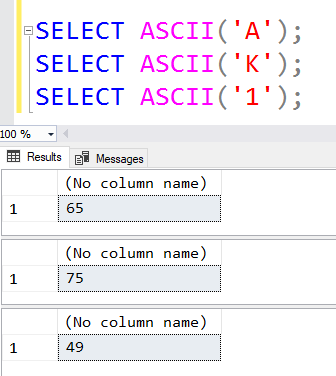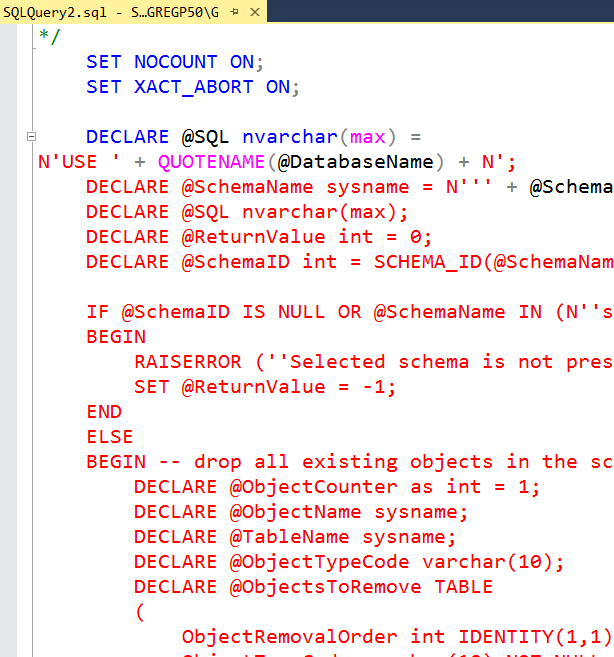SQL: Why don't software vendors support the latest versions of SQL Server?
There has been quite a bit of discussion online lately about which version of SQL Server new applications should target. Members of the SQL Server product group were saying they can’t see any reason why new applications should use anything less than SQL Server 2016 as a real base line.
I’d love to see any new application using the absolute latest version of SQL Server. Unlike the bad old days where you needed to wait for a service pack before using the product, the best tested version of SQL Server is invariably the one that’s just released. (And there aren’t service packs any more anyway).
2018-06-25


